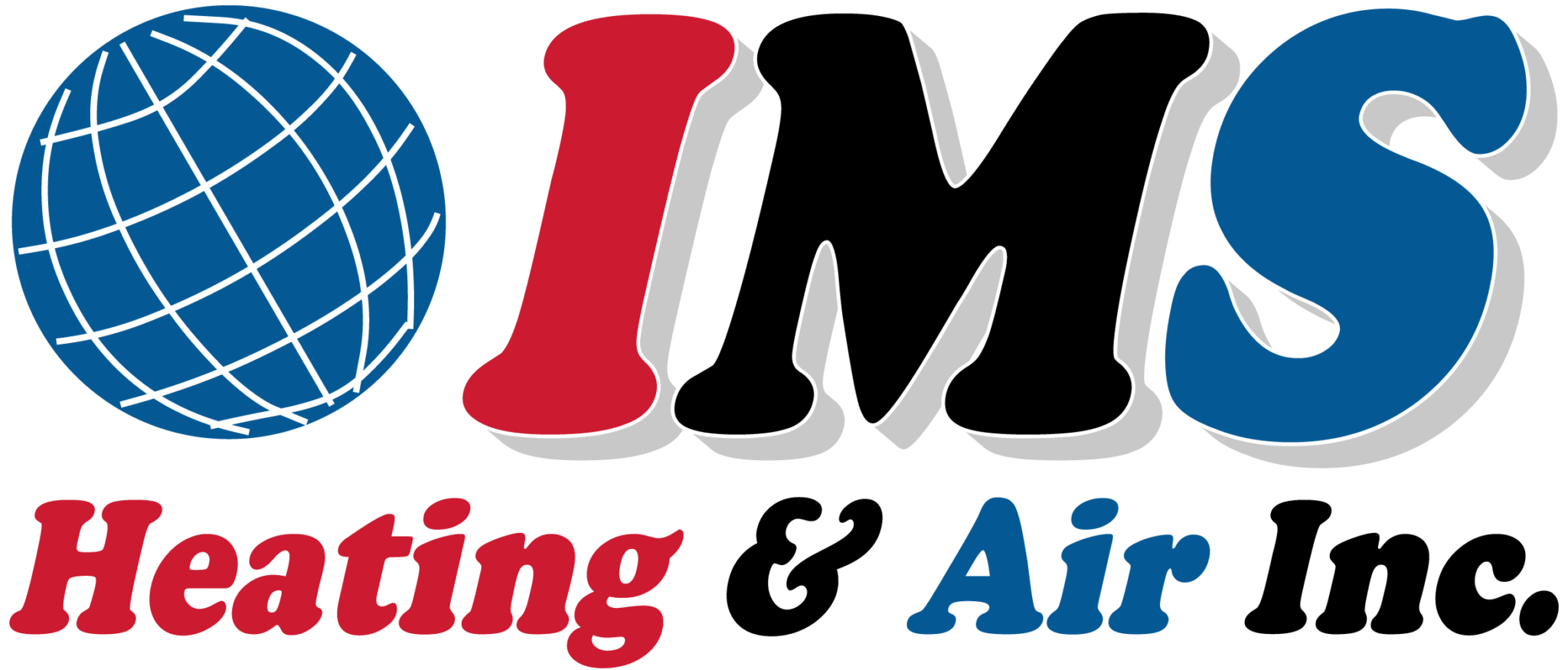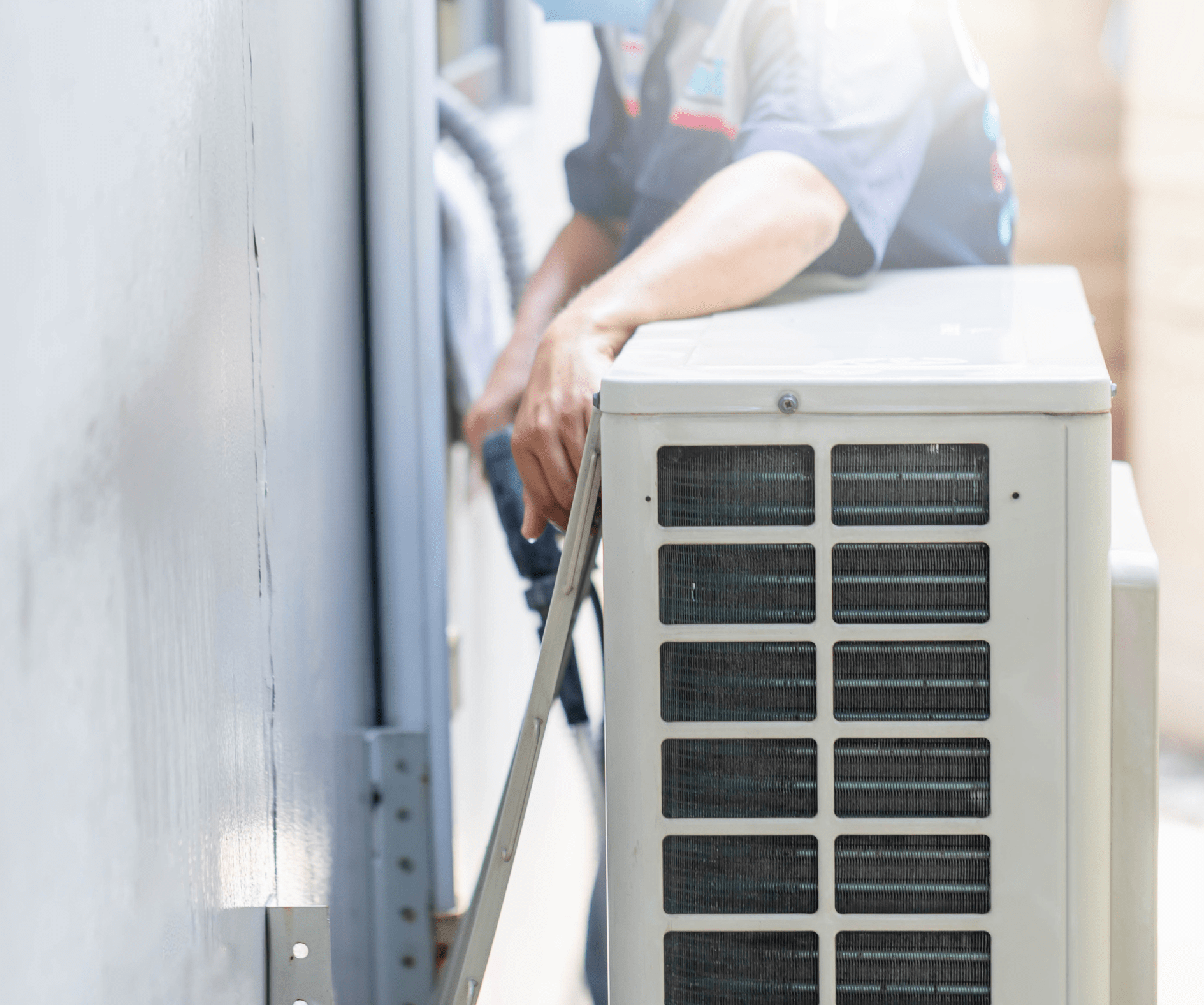Various factors must be considered when selecting the ideal spot for installing an air conditioner. Whether it’s the orientation of certain rooms, noise levels, electrical access requirements, or more, every need must be carefully considered prior to making the decision.
After all, to maximize an air conditioning system’s performance, location is one of the most important factors to consider. Here’s what you need to think about when it comes to considering where to install air conditioners.
What Locations to Avoid When Installing an Air Conditioner
Avoid placing air conditioners in areas exposed to direct sunlight, as this can reduce efficiency and lead to greater energy use.
Similarly, keep your AC unit away from any appliances that emit heat. For example, heaters, lamps, or stoves. These appliances can affect the AC unit’s efficiency, forcing it to work harder than necessary.
On the flip side, be wary when choosing to locate your air conditioner near areas that tend to be damp or humid, such as a kitchen or bathroom. High levels of humidity can cause condensation to form on the unit itself and promote mildew or mold growth, potentially damaging its functionality.
Be sure that the wall where you install your air conditioner can handle its weight. Weak or unstable walls could fail to provide adequate support, creating the potential for damage and other safety risks.
How Air Conditioner Location Affects Cooling
When thinking about where to install air conditioners, you may be wondering why this is an important consideration in the first place. As it turns out, location can have an enormous effect on the performance and effectiveness of an air conditioner.
Here are some specific ways that location affects how an AC unit cools.
Airflow and Distribution
The placement of an air conditioning unit has a tremendous effect on its airflow and air distribution within a room, so extra consideration must be taken in selecting a spot where there can be even cooling.
Efficiency and Energy Consumption
Proper positioning of an air conditioner can increase its effectiveness and lower energy costs. On the other hand, putting your air conditioner in a less-than-ideal place has the opposite effect.
Heat Gain and Loss
Your air conditioner’s placement can have an impact on how much heat is gained or lost. Placing it under direct sunlight or other sources of external heat can increase its load while decreasing efficiency, potentially straining its compressor system and lowering overall performance.
Noise and Vibration
Thinking about where to put air conditioners is also important because where it’s placed can have a dramatic impact on noise and vibration levels, possibly amplifying it to reach different parts of your home.
You can avoid discomfort by considering the most ideal placement location.
Should I Install My AC Upstairs or Downstairs?
The decision of whether to install your AC upstairs or downstairs depends on a few different factors. Here’s what you need to consider.
Which Floors Require the Most Cooling?
When thinking about where to put air conditioning units, determine which floors require an AC unit the most and strategically place it there. Upper floors can especially benefit from having an AC unit installed.
Is There Existing Ductwork Already in Your Home?
Installing air conditioners downstairs can be more practical if you already have existing ductwork in your home. The reason: ductwork is usually located in basements or crawl spaces, making it easier to connect the unit to existing ducts.
What Are Your Structural Considerations?
When making decisions regarding where to install AC units, take your home’s structure into account. Is the upper floor easier for installation, or are there access needs for other levels? Think about what’s most beneficial in regard to convenience.
How Much Distance Should There Be Between an AC and a Wall?
In regards to where to put air conditioners, you might wonder how much distance is needed between the unit and the wall it’s placed against. This will actually depend on both local building codes and manufacturer specifications.
As a general guideline, allow sufficient space around your indoor unit for proper airflow, repairs, and maintenance purposes.
Units should have at least 2-3 feet of clearance around them to allow airflow, as well as maintenance of your equipment, as technicians should be able to access it should any issues arise.
For the best solution, it would be wise to consult an HVAC professional in installation and maintenance services.
Need Your AC Installed? Trust IMS Heating & Air, Inc.
We hope this blog post has helped you in thinking about where to install air conditioners.
Where an air conditioner is installed is crucial, as they need access to drainage and electrical points, as well as adequate room for airflow in order to function safely and effectively. For optimal operation, an ideal location would have ample structural support, no noise issues, and easy access for maintenance and repair.
If you need professional advice and are looking to have an AC unit installed, look no further than IMS. Our team of professionals is ready to serve Northern Colorado homeowners with all of their HVAC needs.
Contact IMS today!





